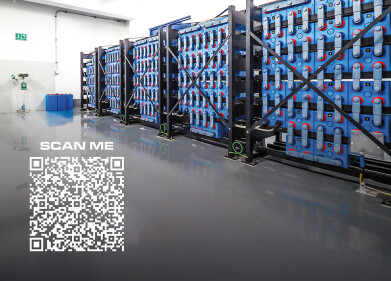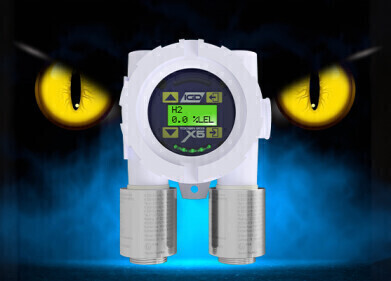Fixed gas detector
Where Are Fixed Gas Detectors Used?
Nov 21 2022
Ensuring that gas detection protocols are followed to the tee is an important objective for any site owner or manager. Not only are they essential for maintaining a safe working and living environment, but they’re also a legal requirement in many industries and can help to identify issues and optimize processes, thus saving money in the long run.
Generally speaking, gas detectors come in two different varieties: fixed and portable. The former are useful in that they are able to continuously sample gases on a constant basis, providing real-time data on the concentration of gases in a given environment. This enhances safety and improves efficiency. But where exactly are they used?
Industrial applications
Fixed gas detectors can be deployed in a wide variety of settings, but they’re perhaps most commonly seen in industrial sites. Oil refineries, manufacturing plants and other facilities where a multitude of gases are produced or processed all call for proper oversight through the use of fixed gas sensors.
These are generally placed at strategic locations around the site in question to provide a comprehensive overview of the ambient composition of the air. Hotspots include near valves, seals or other places which might be prone to leakages, as well as on the periphery of the facility to provide fence line monitoring data. It should also be remembered that certain gases are lighter or heavier than air, and as such the sensor should be placed near the floor or ceiling depending upon which gas is being detected.
Commercial sites and private homes
It’s not just heavy industry which has a responsibility to conduct gas detection. Commercial and corporate locations are also potential locations for the accumulation of damaging gases, especially if refrigerants are used on site. That’s because these substances can be deadly for human health and contribute to global warming, as well as harming a company’s profit margins if a leak is allowed to go undetected.
Meanwhile, there’s also a growing market for gas detectors in private homes, too. Monitoring carbon monoxide levels has been a legal requirement for some years now, but innovative developers are finding new ways to add value to gas detection equipment, thus making them more attractive to even individual citizens.
Confined spaces
Defined as an environment which has poor ventilation, difficult entry/egress and one that is not designed for sustained human occupation, a confined space is susceptible to the rapid build-up of toxic or flammable gases and the depletion of oxygen. As such, they pose a higher risk than other areas of a workplace and should be monitored accordingly.
Fixed gas detectors are useful in such situations, since they can provide a remote reading of the air in the confined space without the need for a human to enter it. That means potentially dangerous circumstances can be recognised and addressed without endangering human life.
For more comprehensive coverage of fixed gas detectors and indeed the wider subject in general, The CoGDEM Guide to Gas Detection is now available to buy online.
Digital Edition
IET 35.2 March
April 2025
Air Monitoring - Probe Sampling in Hazardous Areas Under Extreme Conditions - New, Game-Changing Sensor for Methane Emissions - Blue Sky Thinking: a 50-year Retrospective on Technological Prog...
View all digital editions
Events
Apr 29 2025 Edmonton, AB, Canada
Apr 30 2025 Ankara, Turkey
May 06 2025 Nuremberg, Germany
May 10 2025 Karachi, Pakistan
May 11 2025 Vienna, Austria








_(4427399123)-(2).jpg)










